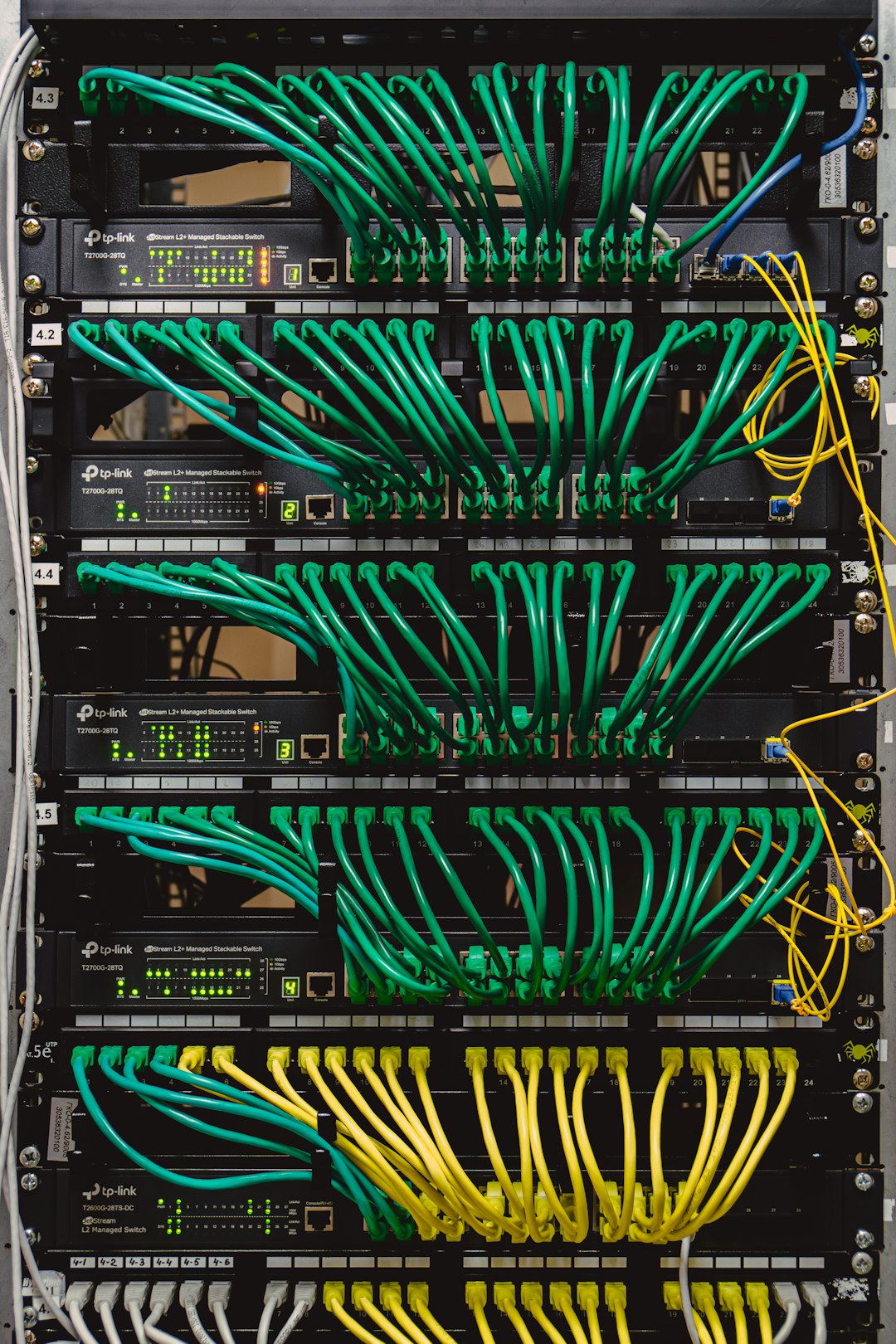In the dynamic world of digital public relations (PR), professionals are constantly adapting techniques to meet evolving online trends, media landscapes, and search engine algorithms. Whether you’re managing outreach campaigns, building backlinks, or monitoring brand sentiment, your IP address can become a vulnerability. Digital PR teams can unknowingly expose their IP addresses to rate limiting, geoblocks, and even blacklisting as they interact with dozens of online platforms.
One effective solution to this problem is the use of proxies. These tools serve as intermediaries between your device and the websites you access, effectively shielding your IP while offering other valuable features. Using proxies in digital PR campaigns is no longer a rare practice—it’s a necessity for teams that work at scale and value operational security.
Why IP Protection Matters in Digital PR
When your team is conducting mass outreach, content distribution, or reputation management, they often reach out to various websites, journalists, and media platforms. Doing so from the same IP address repeatedly can raise flags and lead to unwanted consequences, such as:
- Temporary or permanent IP bans
- Rate-limiting, which slows down your outreach efforts
- Skewed geo-based search data and access restrictions
Protecting your team’s IP addresses ensures long-term operational continuity, minimizes disruptions, and helps maintain your outreach effectiveness. With proxy servers, especially rotating residential or datacenter proxies, you can mimic genuine user behavior from various geographical locations, massively reducing your digital footprint.

What Are Proxies and How Do They Work?
Proxies act as relay servers between your team’s devices and the websites they access. Instead of sending a request directly from your computer, the request is routed through a proxy server, which masks your real IP with another one from its own network.
There are different types of proxies used in digital PR:
- Residential Proxies: These use real IP addresses provided by internet service providers (ISPs). They are ideal for high-trust interactions, such as verifying rankings or reaching out to journalists.
- Datacenter Proxies: These are faster and more cost-effective. They originate from data centers rather than ISPs, making them suitable for bulk operations and scraping tasks.
- Rotating Proxies: These automatically change IP addresses at predefined intervals, simulating traffic from multiple users across the globe.
Implementing the right type of proxy can empower your team to efficiently automate tasks like monitoring media placements or verifying backlinks without the fear of being blocked.
How Digital PR Teams Benefit from Proxy Usage
The integration of proxies into a digital PR strategy brings several advantages, including:
- Enhanced Campaign Scalability: Reach hundreds or thousands of websites without triggering anti-spam filters.
- Improved Geo-Targeting: Verify rankings and coverage in different regions by accessing the web as if you are physically located in those areas.
- Increased Efficiency in Media Monitoring: Conduct uninterrupted monitoring of media mentions without regional restrictions or rate limitations.
- Data Accuracy: Bypass personalized search and geo-based content blocks to retrieve neutral, location-specific search results.

Risks of Operating Without Proxies
Omitting proxies can expose your team to the pitfalls of high-frequency web interaction—something that’s unavoidable in any well-coordinated PR strategy. Without this layer of protection, you could face:
- Decreased productivity due to repeated captchas and throttling
- Possible IP blacklisting which affects email deliverability and website access
- Unreliable data from SERPs and competitive analysis tools
Relying on a single, visible IP address puts your entire digital operation at risk. Investing in a trustworthy proxy solution is a proactive step toward safeguarding your tools, data, and brand reputation.
Choosing the Right Proxy Provider
Not all proxies are created equal. When selecting a provider for your digital PR needs, consider the following factors:
- Reliability: Ensure high uptime and consistent IP rotation to avoid connection issues.
- Anonymity: Opt for providers that prioritize data privacy and don’t log user activity.
- Support & Integration: Look for easy API integration and responsive customer support to streamline setup.
Be wary of free proxies or unknown vendors. These often compromise security and may slow down performance or introduce malware risks.
Conclusion
Digital PR is fast-paced, ambitious, and increasingly reliant on advanced tools for execution. Failing to protect your team’s IPs can compromise years of brand equity and campaign success. By incorporating secure, high-quality proxies into your workflow, you shield your operations from unnecessary exposure and unlock greater freedom to explore, pitch, and publish across the web—safely and efficiently.
Protect your team, ensure campaign continuity, and take control of your digital PR strategy by investing in the right proxy infrastructure today.
I’m Sophia, a front-end developer with a passion for JavaScript frameworks. I enjoy sharing tips and tricks for modern web development.
